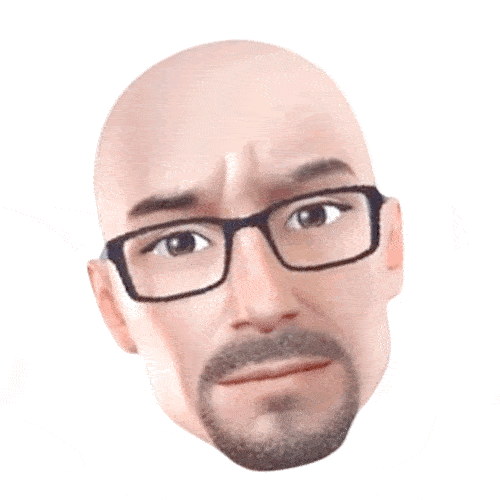 This week I attended the third BRITE conference in New York City. In this post, I’ll convey many of the things that I learned during the second session of day one. To read yesterday’s post about part one of day one, click here.
This week I attended the third BRITE conference in New York City. In this post, I’ll convey many of the things that I learned during the second session of day one. To read yesterday’s post about part one of day one, click here.
The first speaker was Dwayne Spradlin, CEO, Innocentive. His company helps companies find innovative solutions to business problems by crowdsourcing innovation challenges to its member community. Among his points:
- Innovation is a function of employees, customers, vendors, supplies
- In easily my favorite quote of the day, “Culture eats strategy for lunch.” Extremely well put.
- Brands are going to go open as well.
- On the US health care system, a US doctor told him recently, “If you can explain it to me, I can fix it.”
- For innovation to happen, it’s critical to get people involved at an early stage.
- Organizations are notoriously bad at asking questions and solving problems on their own.
- Engaging communities is important, as is understanding how to ask questions.
- Companies should not filter their own communities; all communities should work on all problems. Problems are often “six disciplines” away and diversity is key.
Next up was Robin Chase, Founder and former CEO of Zipcar. She now consults on innovative methods to merge wireless technologies with transportation needs to promote economic development. Among her points:
- “2.0” is about content from end users. She cited sites like CouchSurfing as an example of groups creating networks that quickly surpassed traditional “private” ones.
- Many problems are solved by “Mommy PhD’s”–i.e., those that have left the workforce and have “excess capacity” to contribute.
- Everyone can be part of the problem solving process.
- Open standards allow maximum participation from others.
- Open devices, platforms, networks, and software also add to this communal ethos of people organizing to get things done.
Next up was David Rogers, the host of BRITE and Executive Director of the Center on Global Brand Leadership at Columbia Business School. His next book is The Network is Your Customer: 5 Strategies to Thrive in a Digital Age. Among his points:
- There are five strategies to customer networks: engage, access, customize, connect, and collaborate.
- Virgin Airlines has wireless and 76% of those polled indicate that they’d consider flying Virgin because of this. Talk about differentiation.
- IBM is using games (yes, games) such as Innov8 to generate leads. Think it isn’t working? Think again. It’s the company’s number one lead generation tool.
- Pandora is creating a “music genome”, allowing people to create digital DNA of individual songs. This will help people discover new songs easier. This is just sick.
- Ford is about as “old school” as companies can be, yet is still using social media in interesting ways. Check out this bit on the Fiesta. It achieved 28% brand awareness in six months by giving the car to a select group of influential Gen Yers.
- Intuit is collaborating with its customers in creating searchable online FAQs and databases. Talk about harnessing the power of its customers!
Ending the second session was was John Gerzema, Chief Insights Officer at Young & Rubicam. John is author of the highly-acclaimed The Brand Bubble: The Looming Crisis in Brand Value and How To Avoid It. Among his points:
- The Great Recession is profoundly impacting the American consumer (a term that he is trying to purge from his vocabulary). Despite the fallout, there’s good reason for hope and optimism.
- Values are redefining consumerism. We are moving from mindless to mindful consumption.
- We are shifting from what we carry to how we carry ourselves.
- People are now happier being “more liquid”, preferring a simpler life compared to three years ago.
- There’s been a 50% erosion in overall brand trust in the past three years.
- Many sites are capitalizing on this, including Cow-Pooling, alice.com, and groupon.com.
- We are moving from “cheap chic” to slower consumption.
- Social media is more than mere tools; it’s about becoming part of the culture/brand.
- Sunrun is an example of pooling resources, in this case to create a communal electricity source.
- We are moving from consumption to production, from a consumer of quantity to a producer of quantity.
Again, this was an excellent conference.

 PHIL SIMON
PHIL SIMON


0 Comments